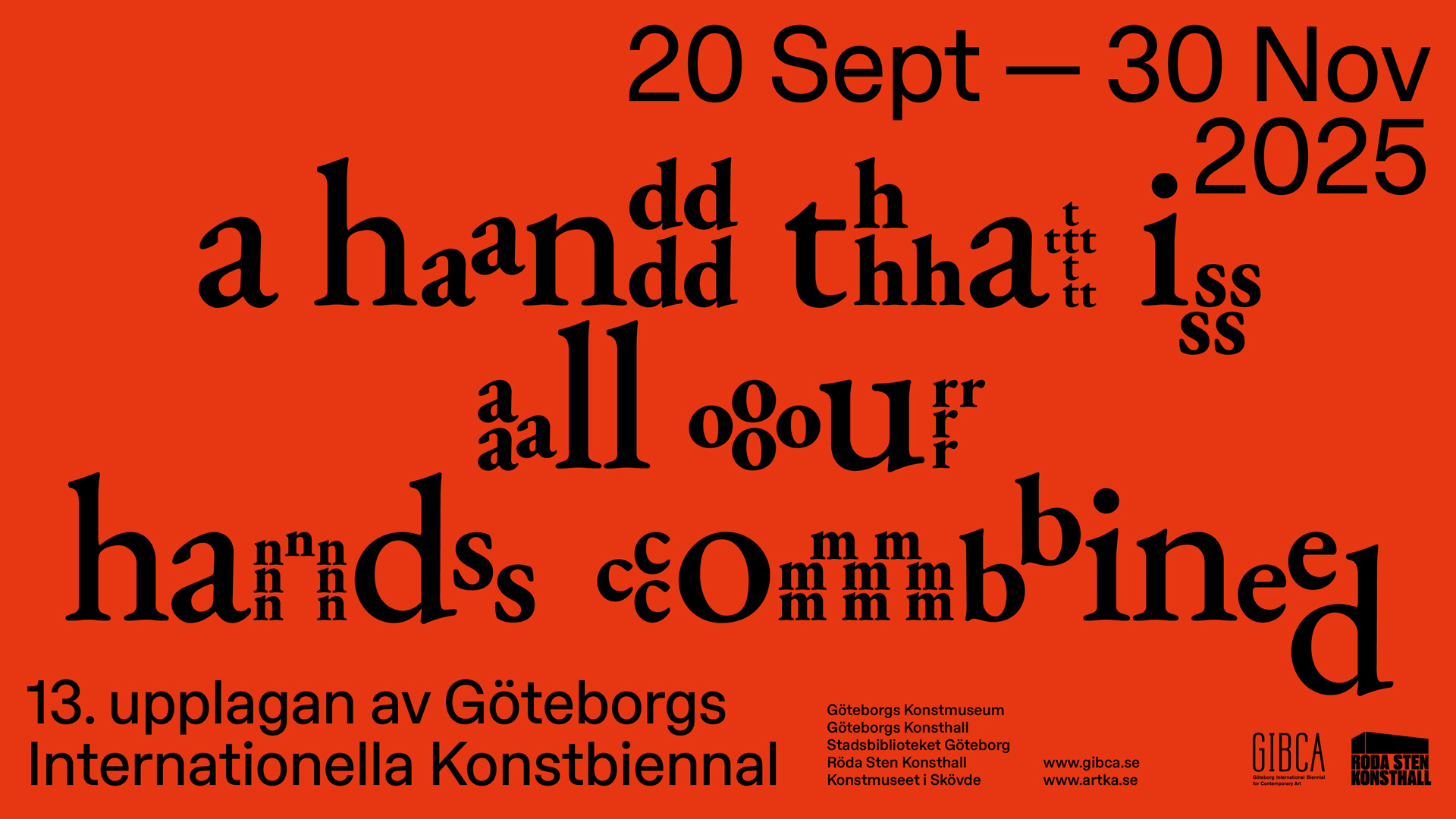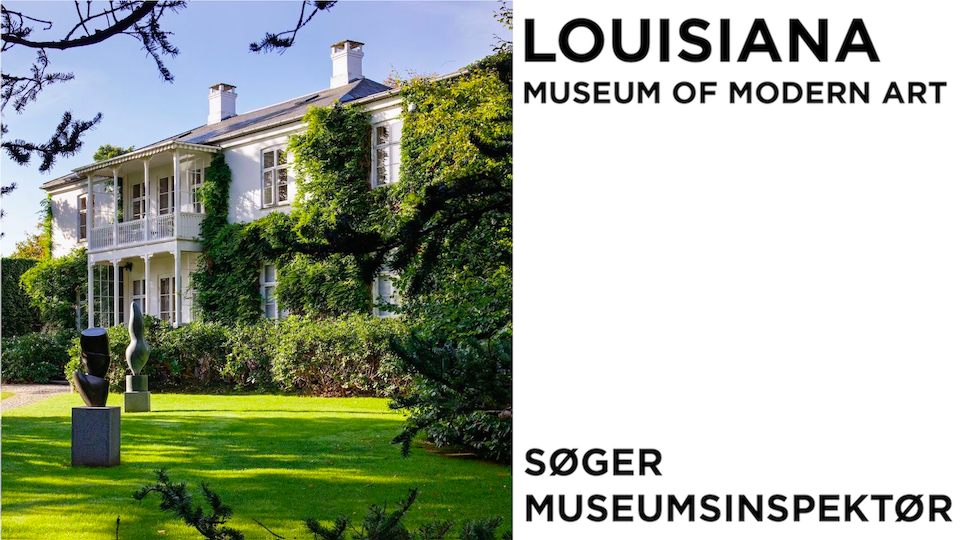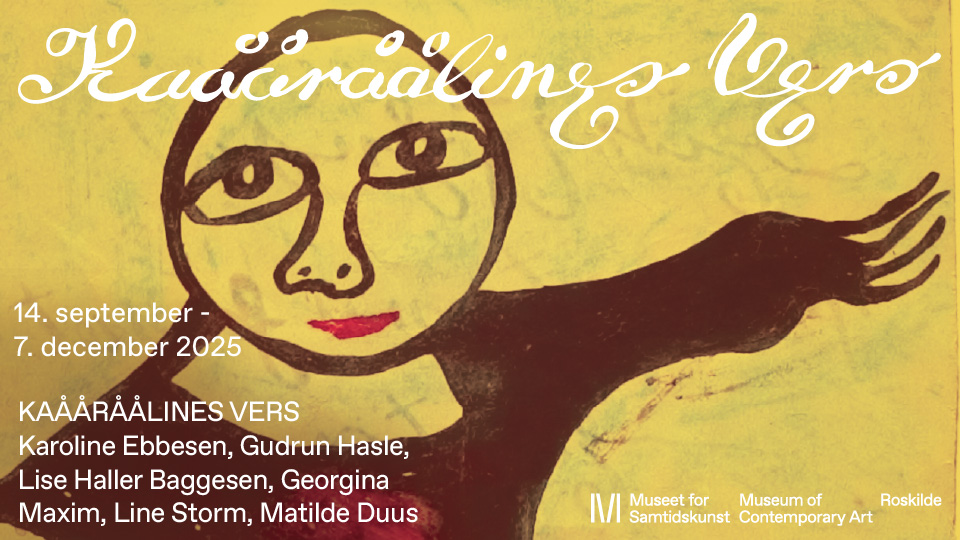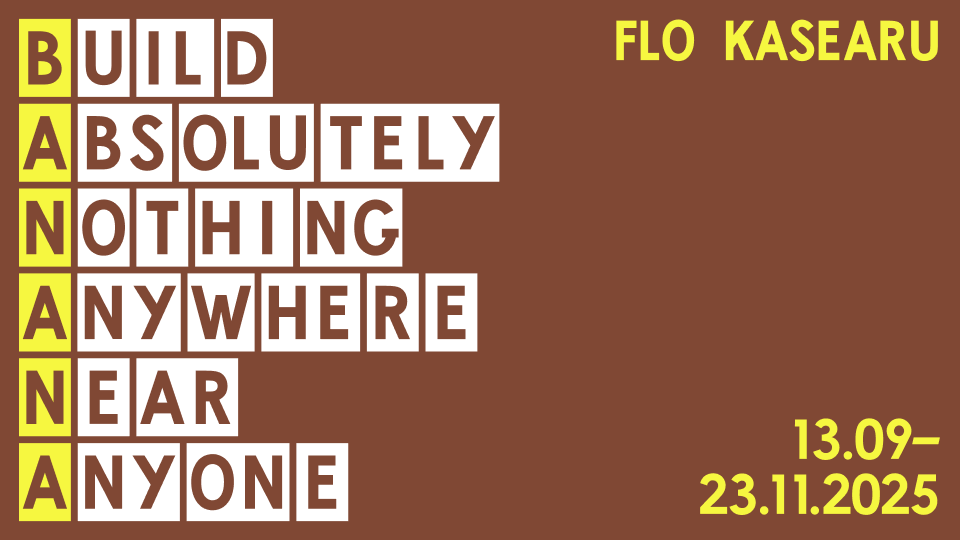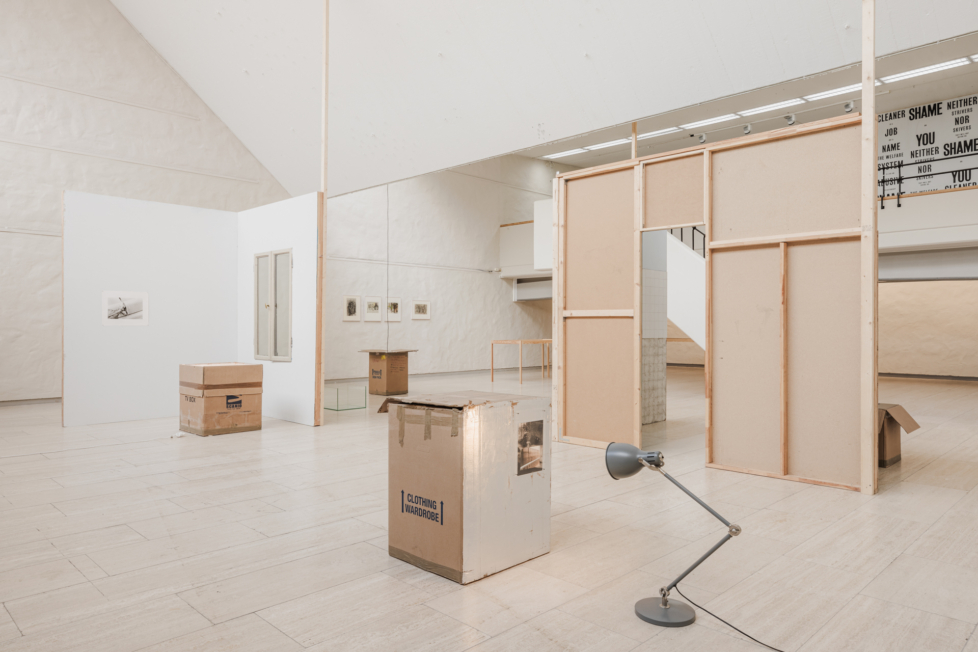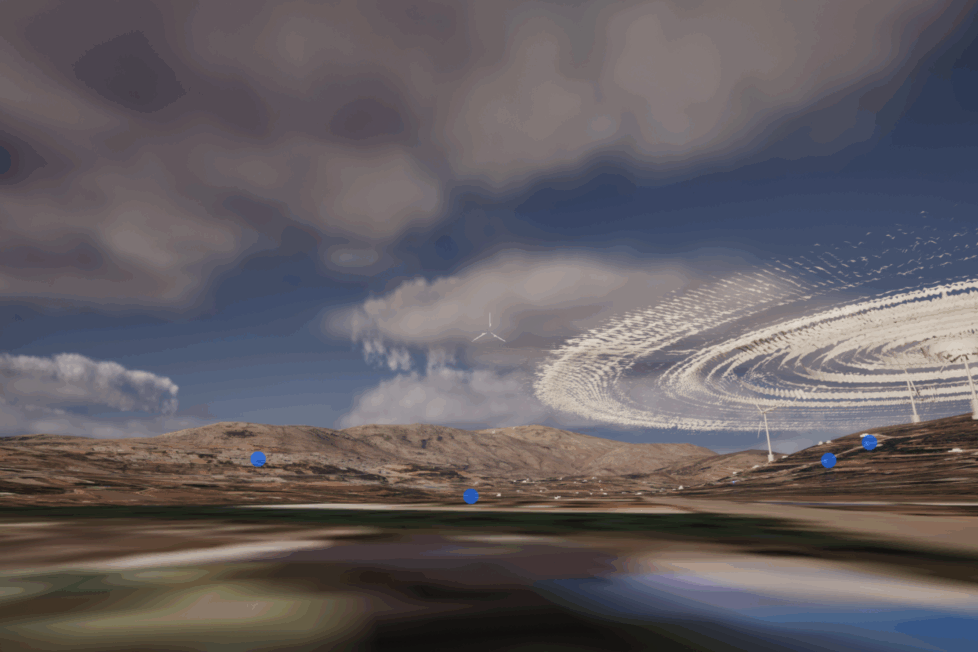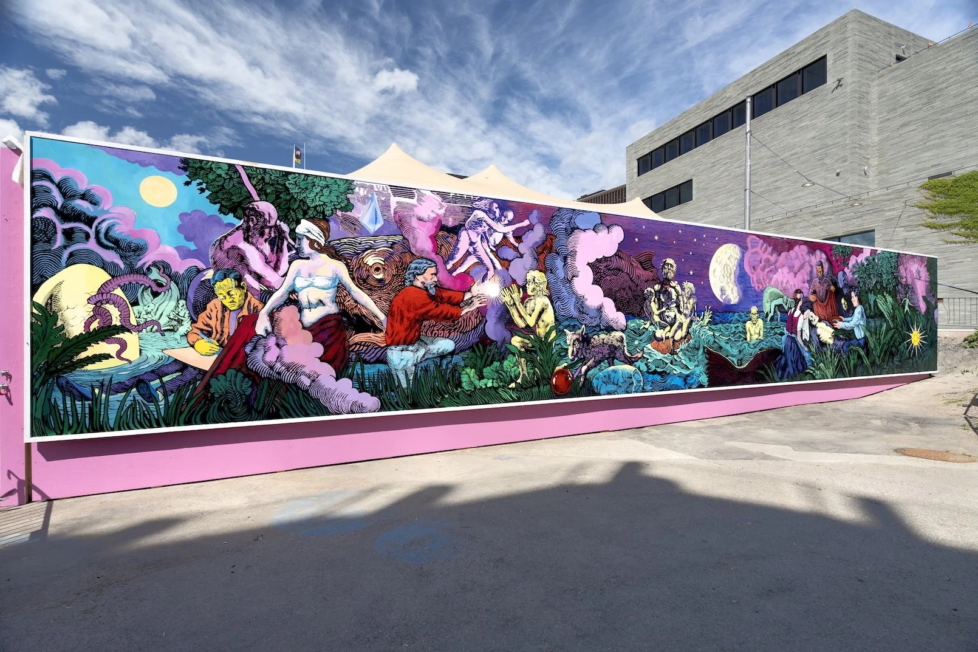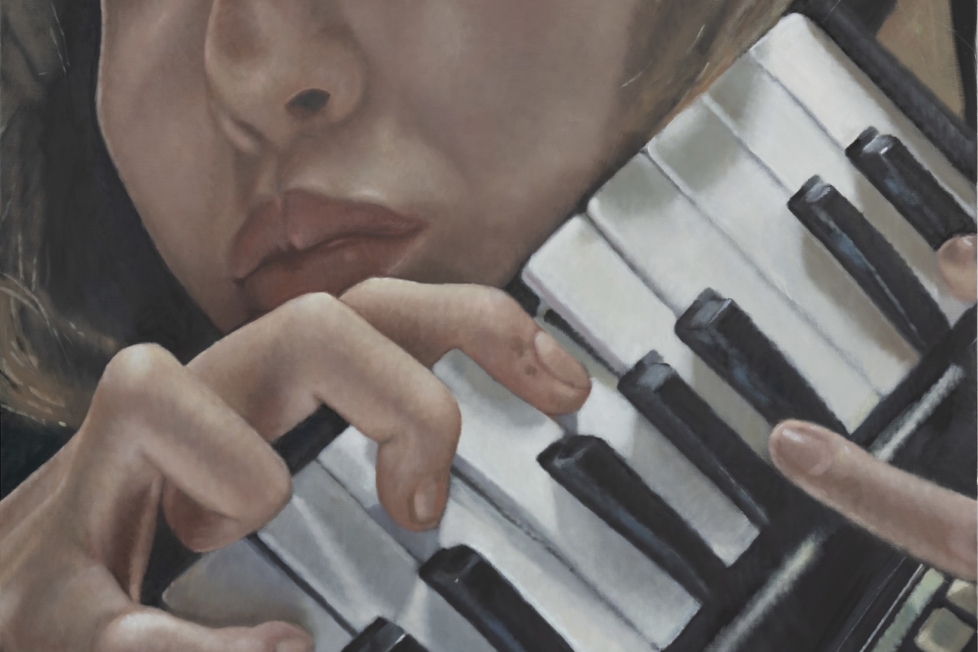
I aften kan man på dansk grund opleve den britiske kunstner Tris Vonna-Michell opføre et af sine suggestive performanceværker. Det foregår til ferniseringen af gruppeudstillingen Never Odd or Even, der er kurateret af Solvej Helweg Ovesen til Museet for samtidskunst i Roskilde. Som oftest, når Vonna-Michell performer, foregår det i et rum med dæmpet belysning og et sparsomt udvalg af props (dias, fotografier, fundne objekter etc.) og så kunstneren selv, som – med sin karakteristiske hastige, insisterende stemmeføring – trækker sit publikum gennem et forgrenet net af historier, der tilsyneladende er baseret på personlige oplevelser af steder og miljøer, som samtidig fletter sig ind i større historiske spor, eksempelvis fra Berlin under nazitiden. Den forførende fremførsel er blevet sammenlignet med en veltalende børshandlers, ikke mindst fordi hans speedsnak er for hurtig til overhovedet at kunne forstås i sin helhed. Med sin brug af underbevidsthedens strøm af ikkelineære fortællinger, myter og rygter spiller Vonna-Michell på vores manglende evne til nogensinde rigtig at kunne opnå eksakt viden – om historiske forhold eller personlige sammenhænge.
Tris Vonna-Michell født 1982 i Rochford og bor for tiden i Stockholm. Han var del af Berlin Biennalen, 2008 og The Generational: Younger Than Jesus, New Museum of Contemporary Art, New York City, 2009.
Kunstkritikk fangede en travl Vonna-Michell, som nåede at svare på seks af de 10 spørgsmål. Vi har valgt at publicere svarene på originalsproget.
How are the preparations for the performance going?
It’s going well so far, been rummaging through boxes to find objects for the performance. Found some new ones too, but several well-used objects are still missing – that might play a role in the narration.
What are we going to see?
A small table set with a few selected ornaments and debris from past journeys, colour co-ordinated fabrics, plus a light-blue egg timer that I bought today. Most of my older timers are now defunct, they seem to tick endlessly or abruptly ring prior to the allocated time. I usually buy a new timer for each performance. Aside from the table construct, there will be a projected DVD-work. I’ll perform standing, moving between the two works – it’s a new set-up for me; performing with a specific visual timeline in the background. In the past my performances have had minimal set-up and a more random reliance on images.
Your performances rely on the spoken and written word investigating the way in which histories are told. What role does literature take up in your work?
Generally it’s the starting point for most works, but once certain threads start to materialize I tend to distance myself from it, but in short – literature plays many but revolving roles in my work. Depending on the context and demands of each work – whether they evolve into spoken word narrations and/or veer off and become more installational pieces, shifts my relationship to literature.
Occasionally, you make use of an egg timer to determinate the duration of your monologues. Sometimes you ask the audience to set the time frame. What do you get from these external constraints?
When I started performing, it was always with an egg timer as my aide. I actually tried to work within the chosen duration, and at that stage in my work I needed to have these constraints and enforced constructs pushed upon the content of the work, otherwise I felt the energy and cohesion lessened and I found myself often resorting to other ways of narration. Such a time constraint re-negotiated my use of repetition and opened up the act of composed telling into a much more fragile state of narration.
How would you describe your working method?
Just about bearable.
You currently live in Stockholm. How do you perceive the artistic environment there?
In terms of production, especially for sound, there’s a lot of interesting and knowledgeable people around, and willing to collaborate. Stockholm has gradually become very useful for that aspect of my work, which I’ve also become more dependent on over the years and curious to explore. So in some ways I’ve adapted my practice to the city, but it’s a good place to work.
